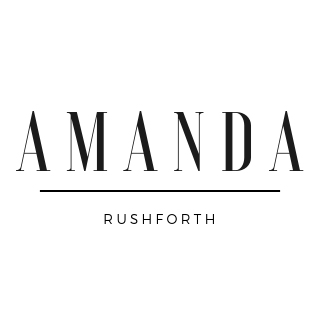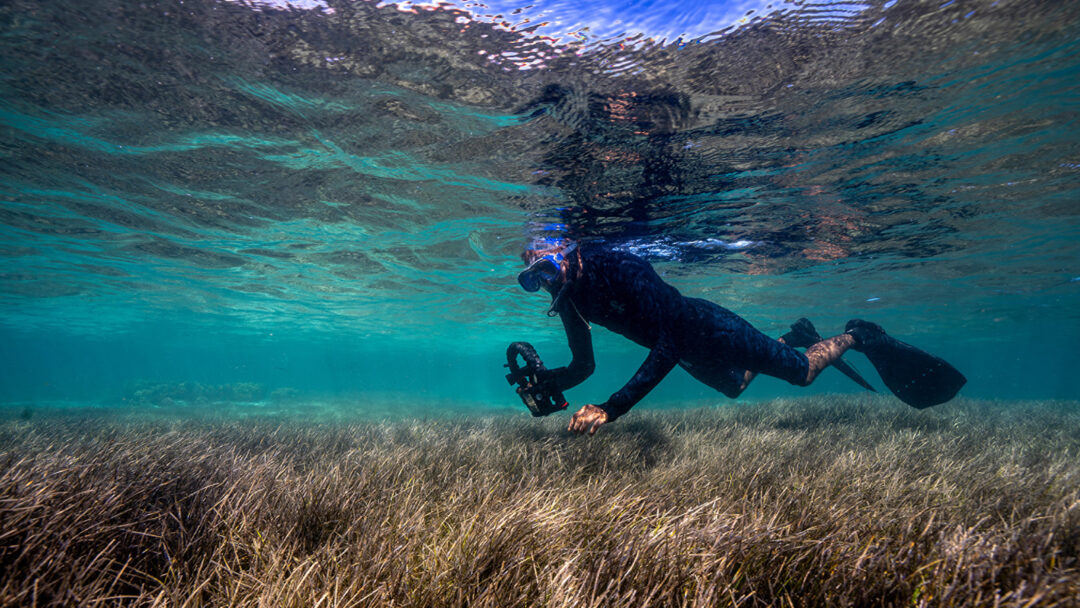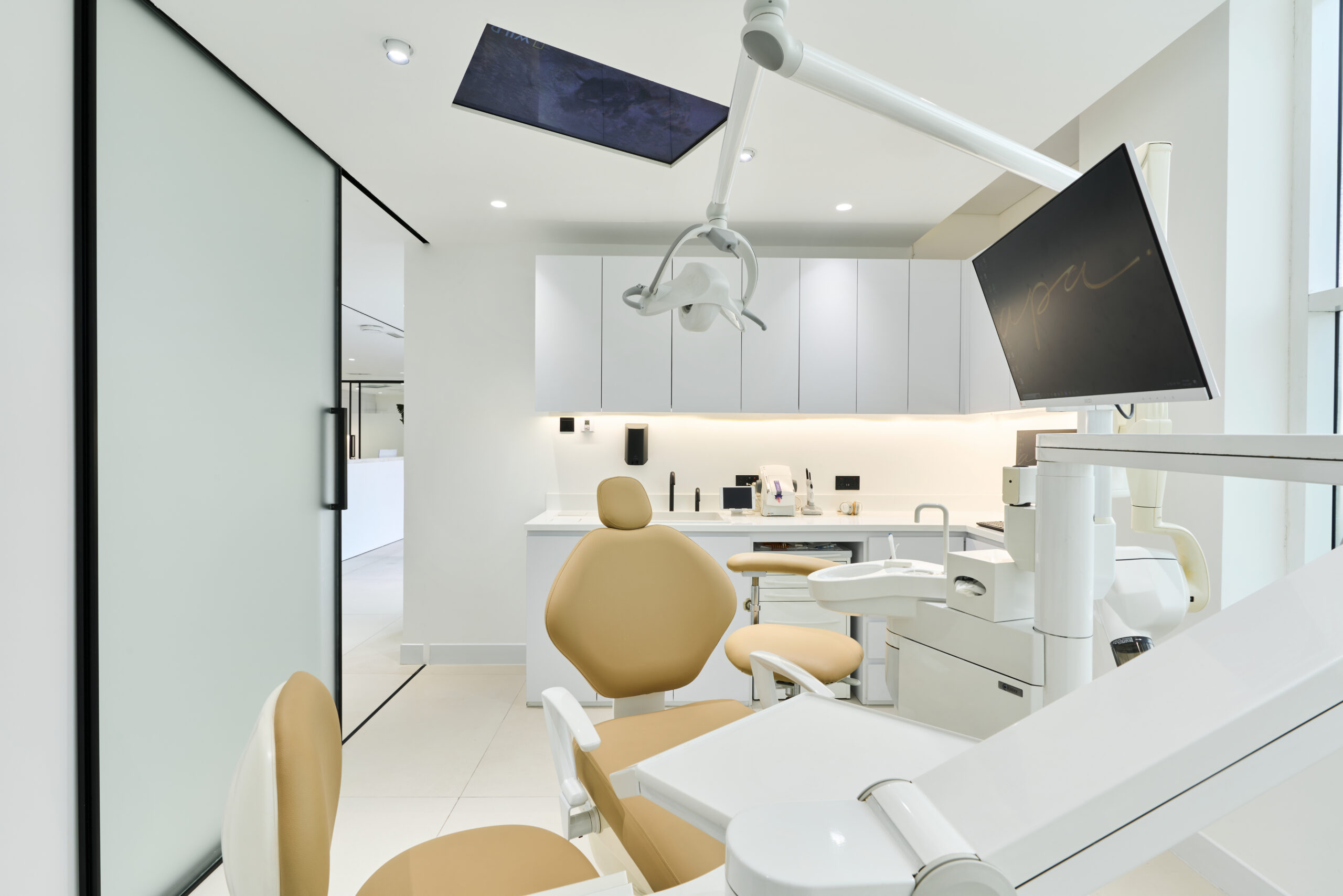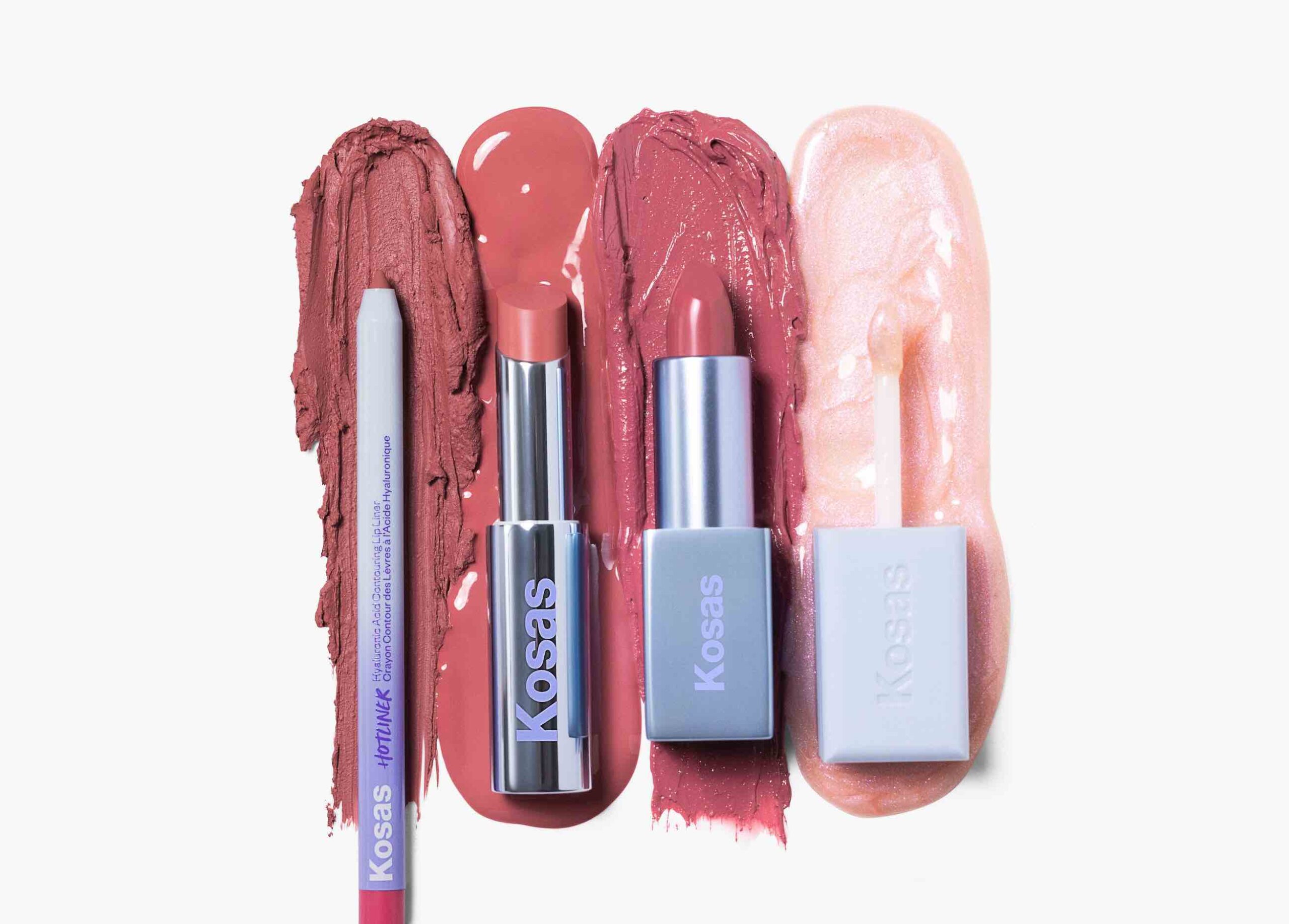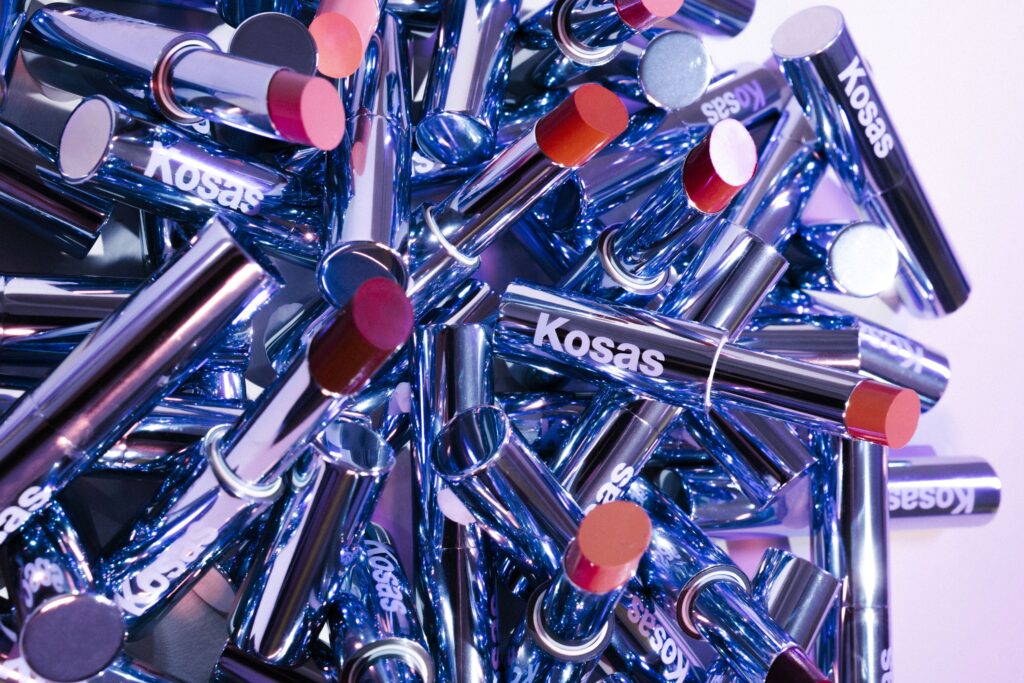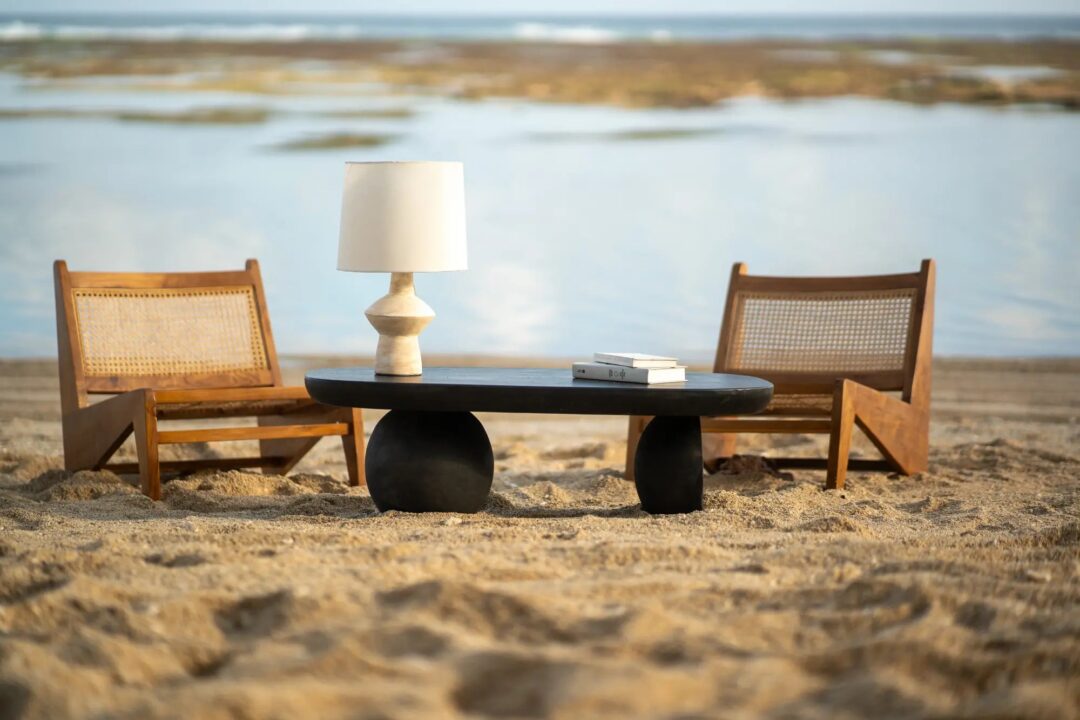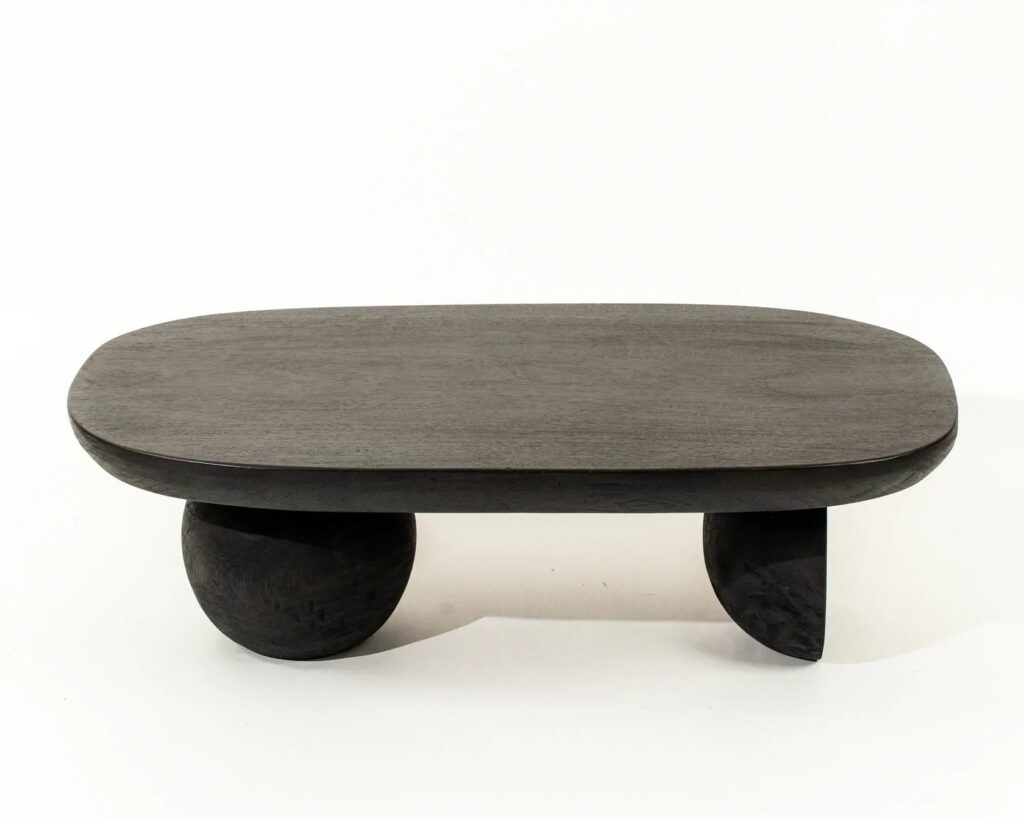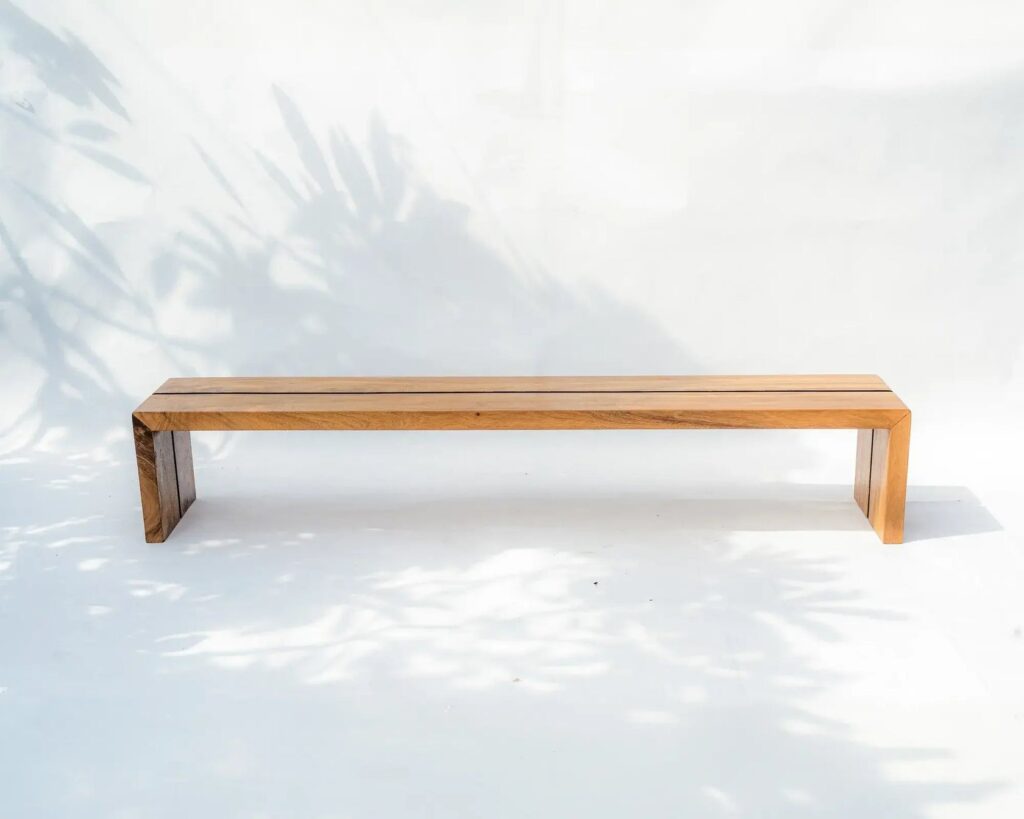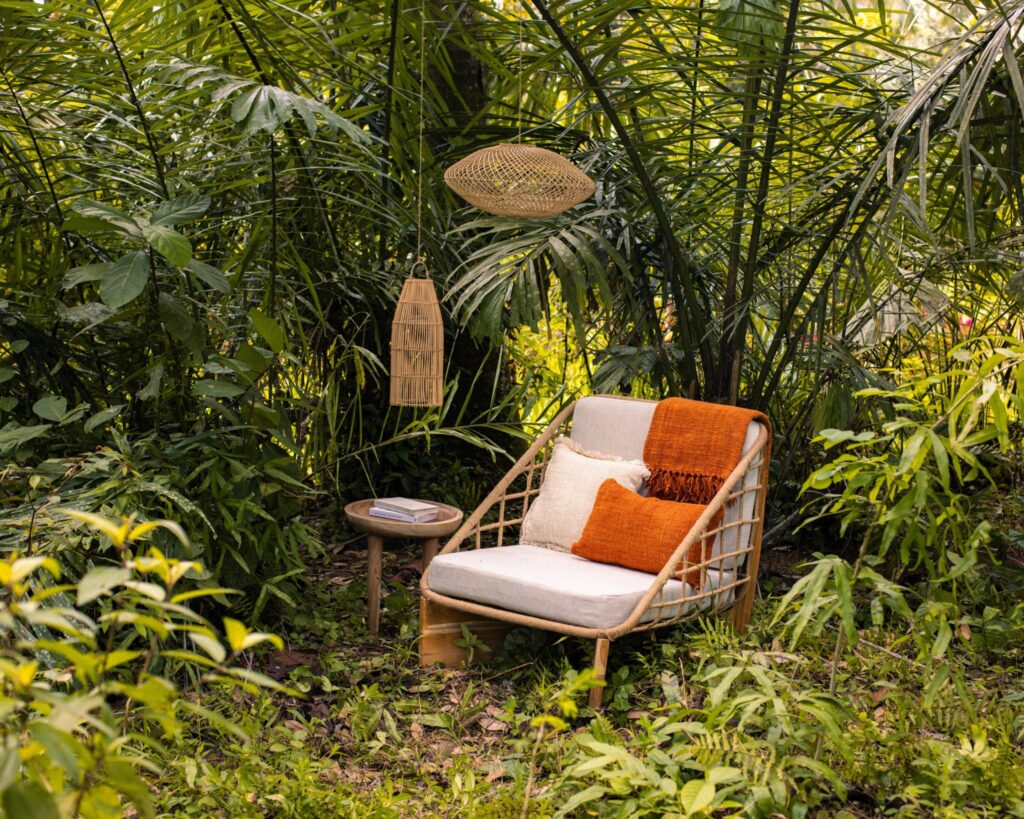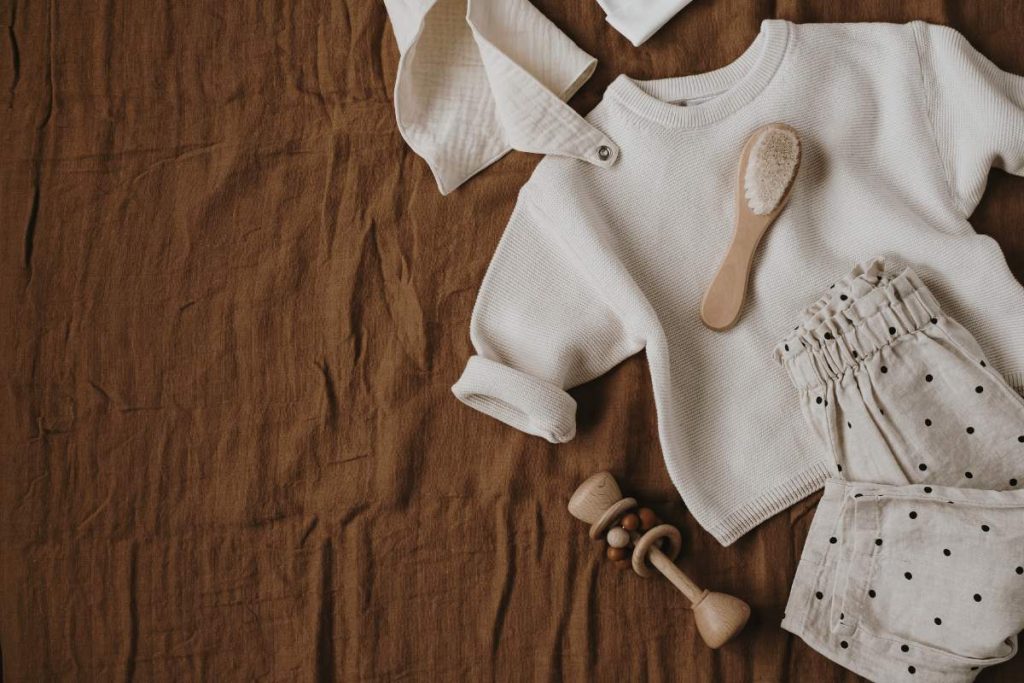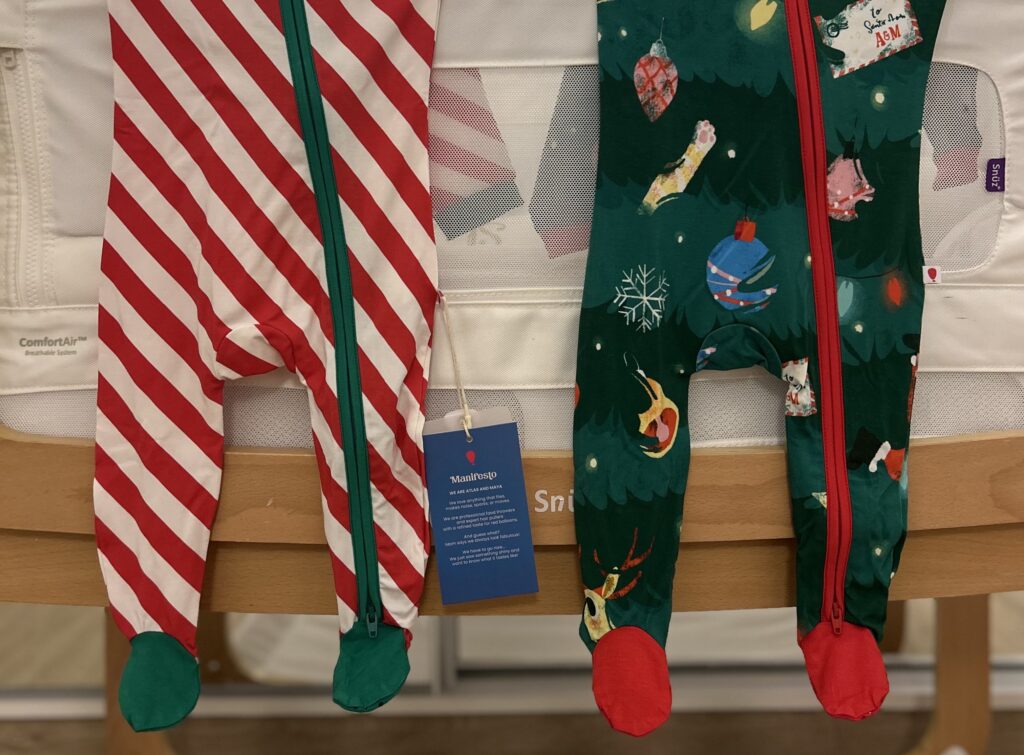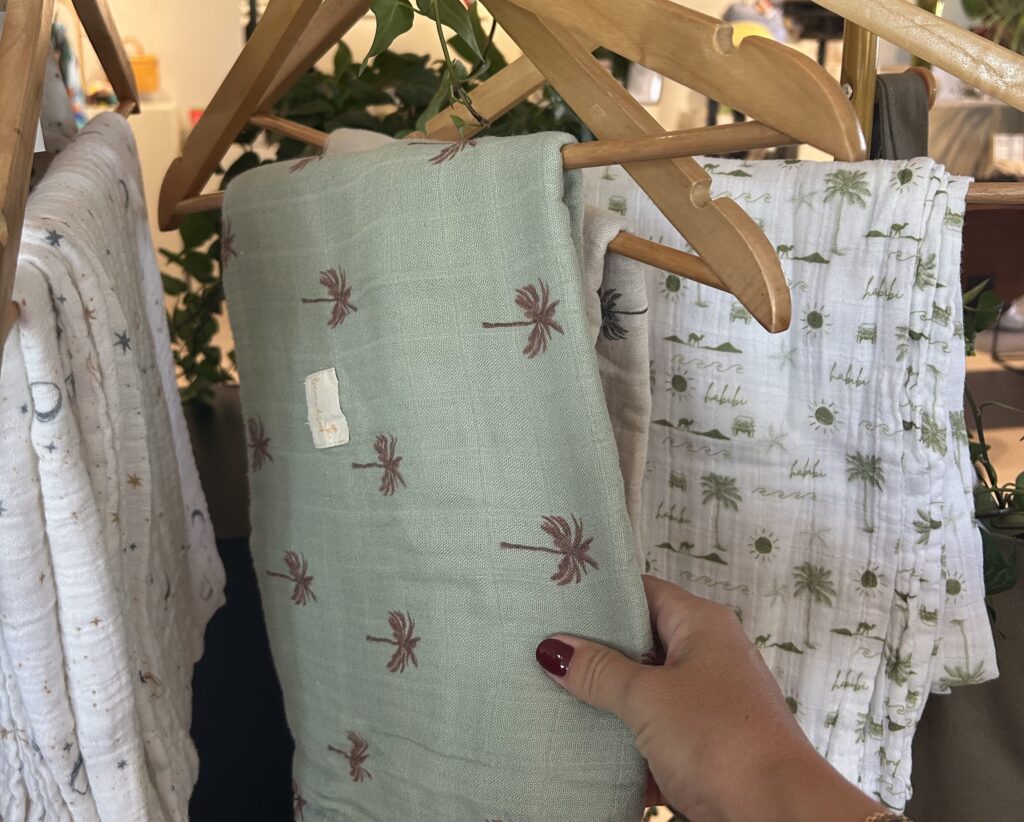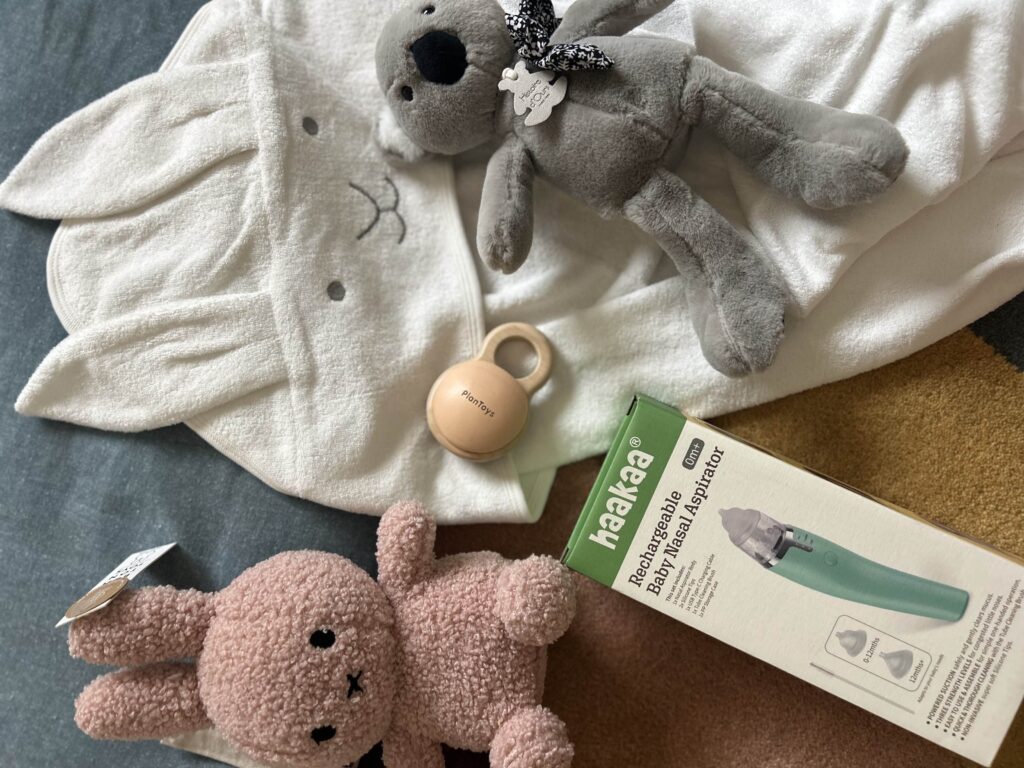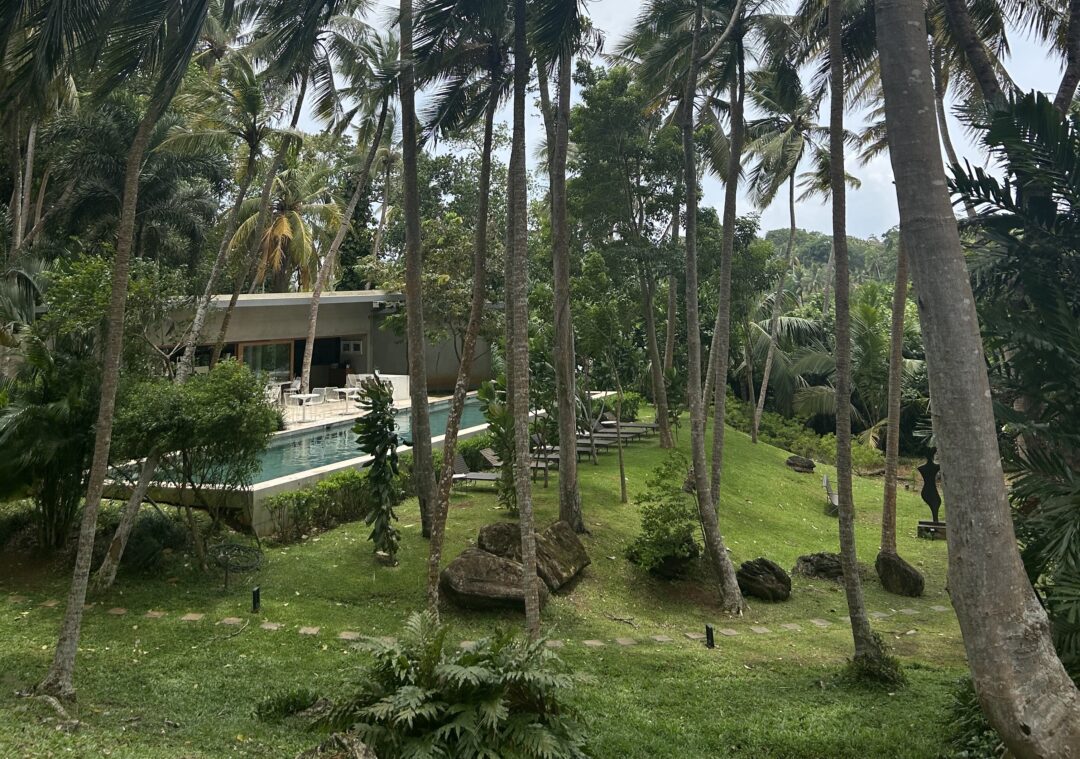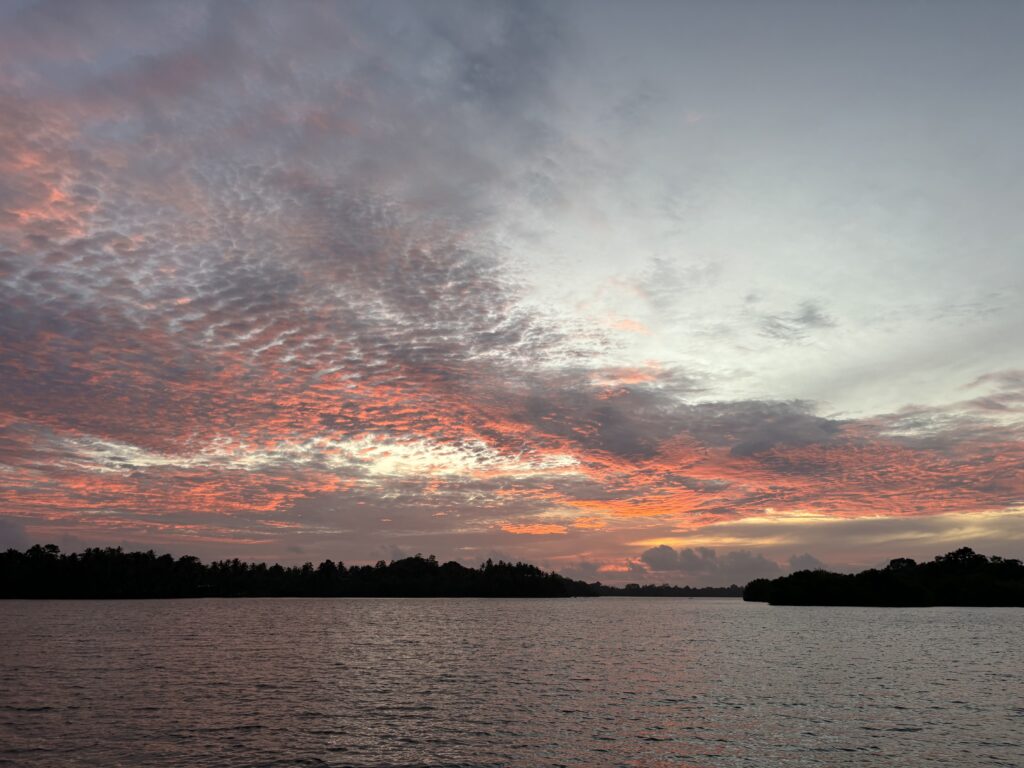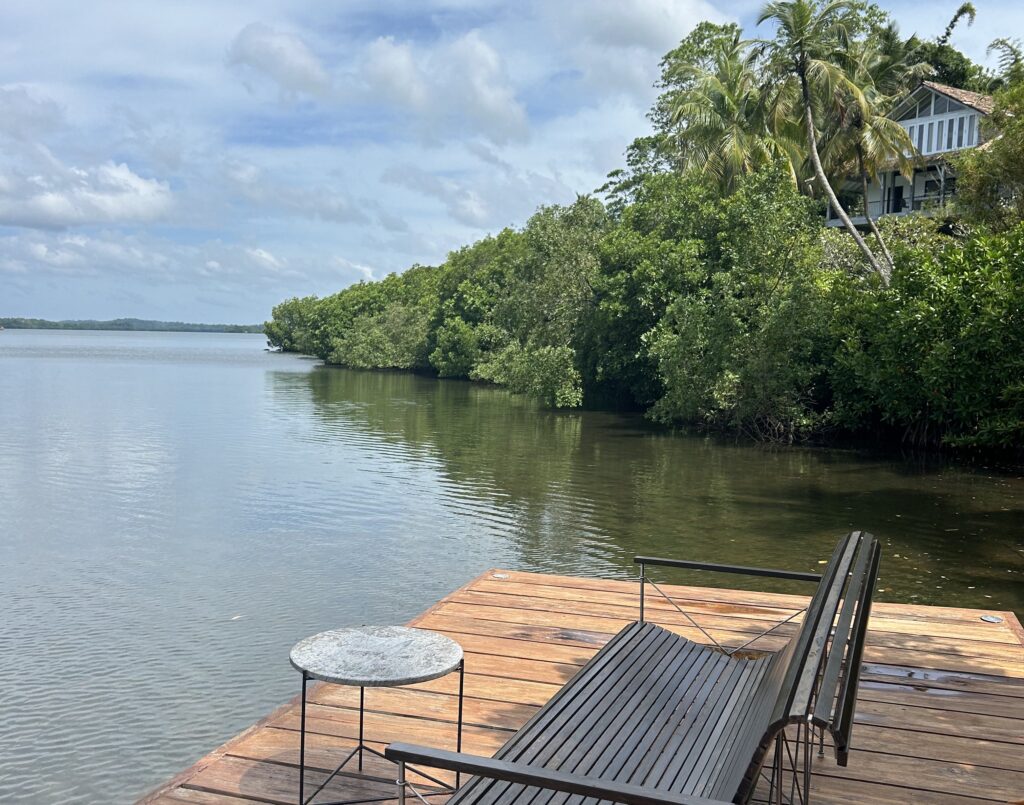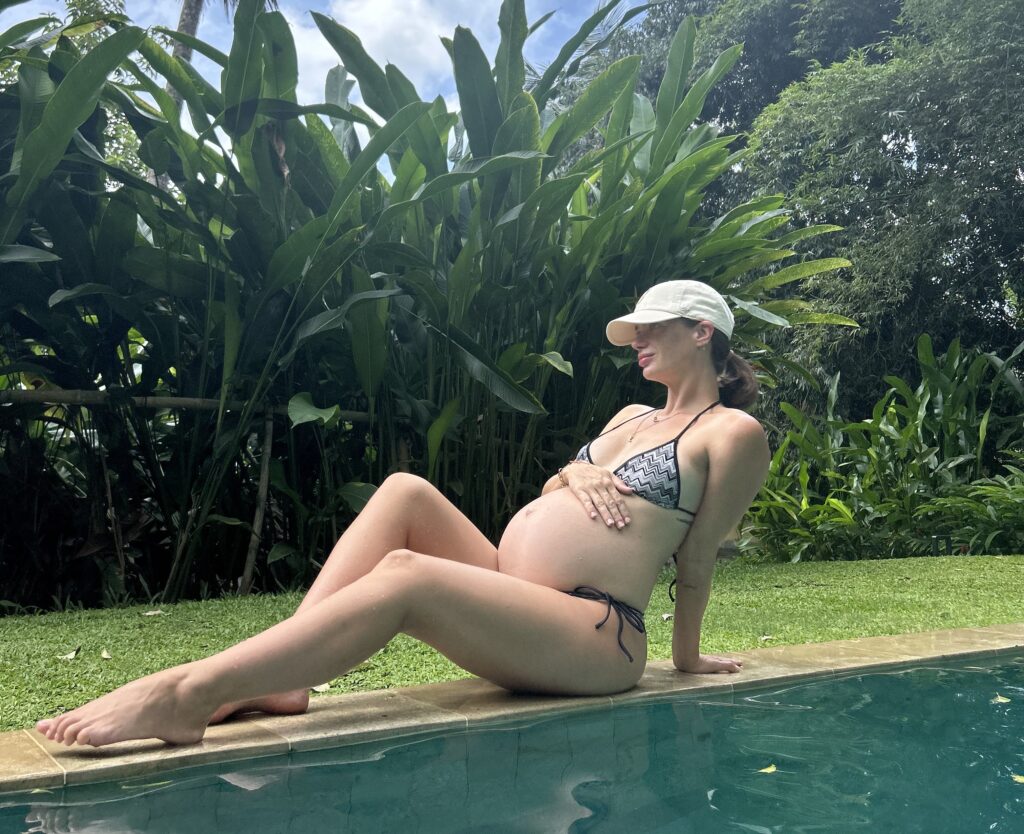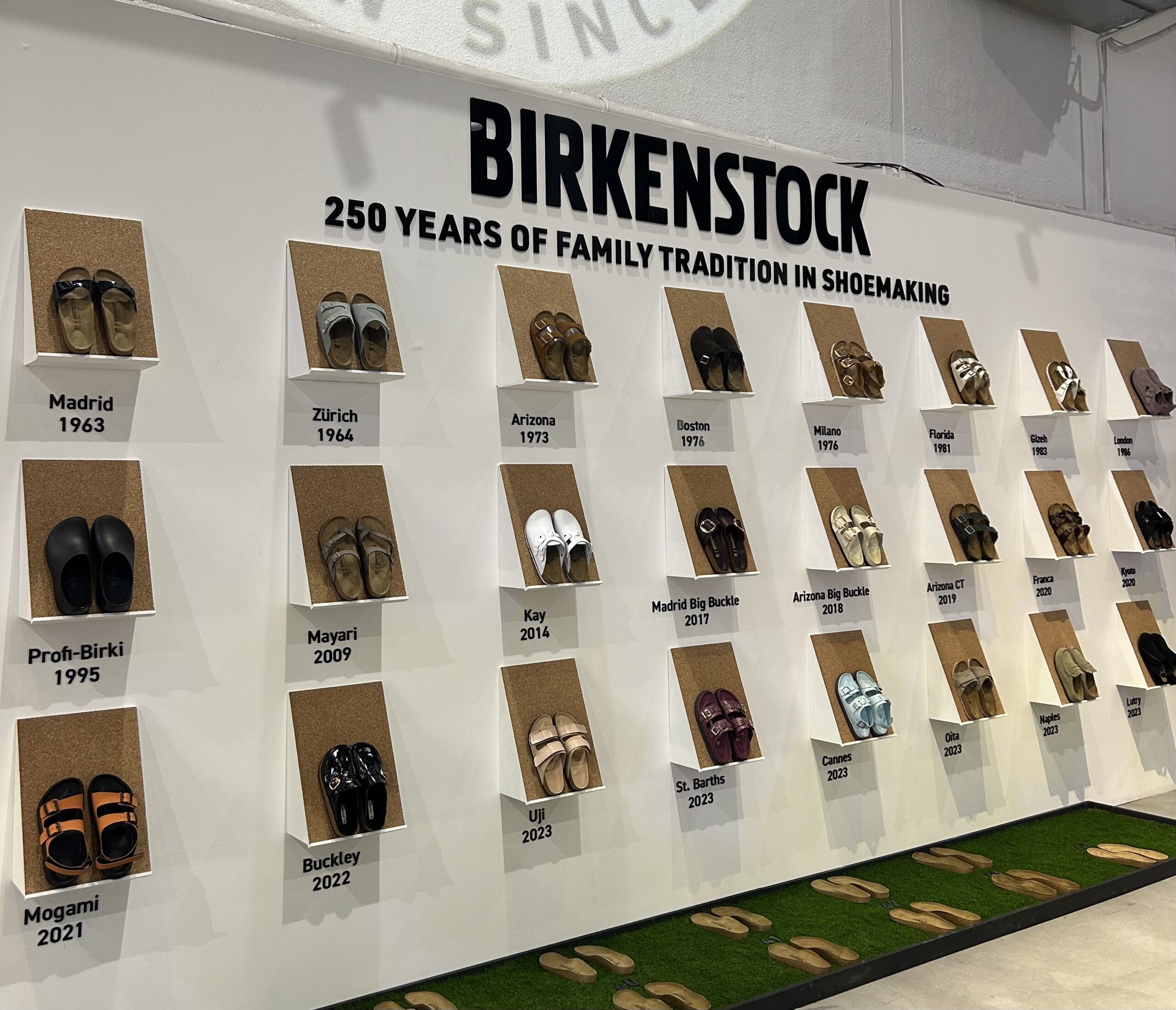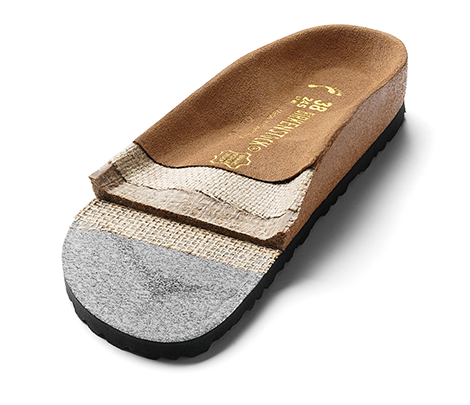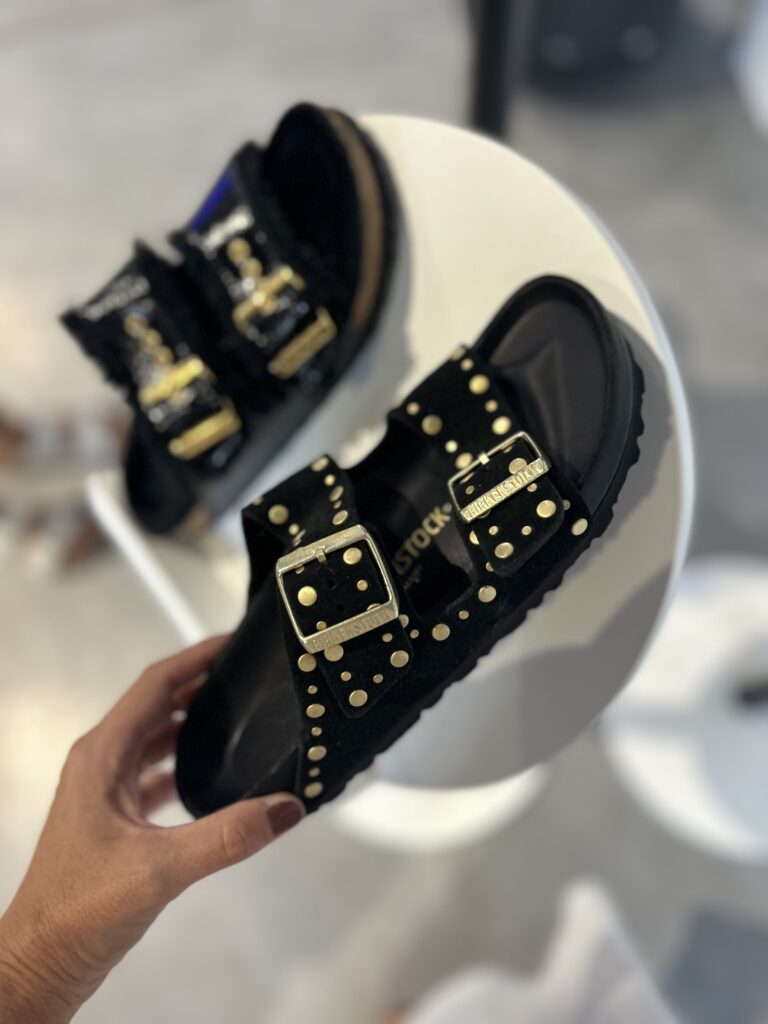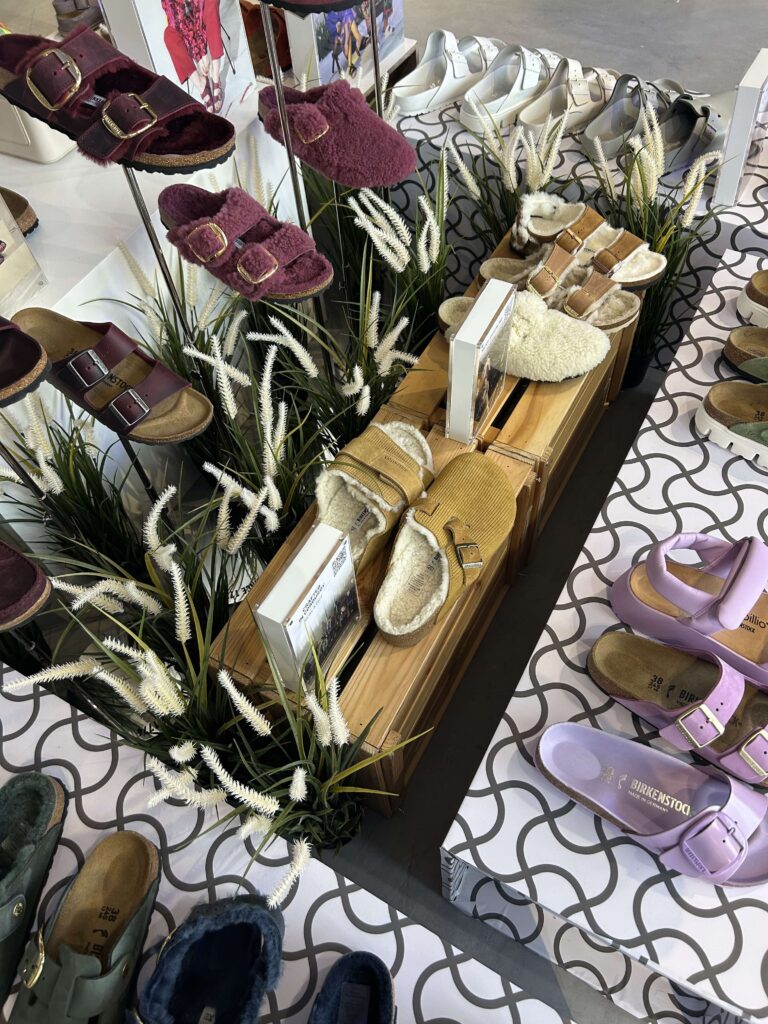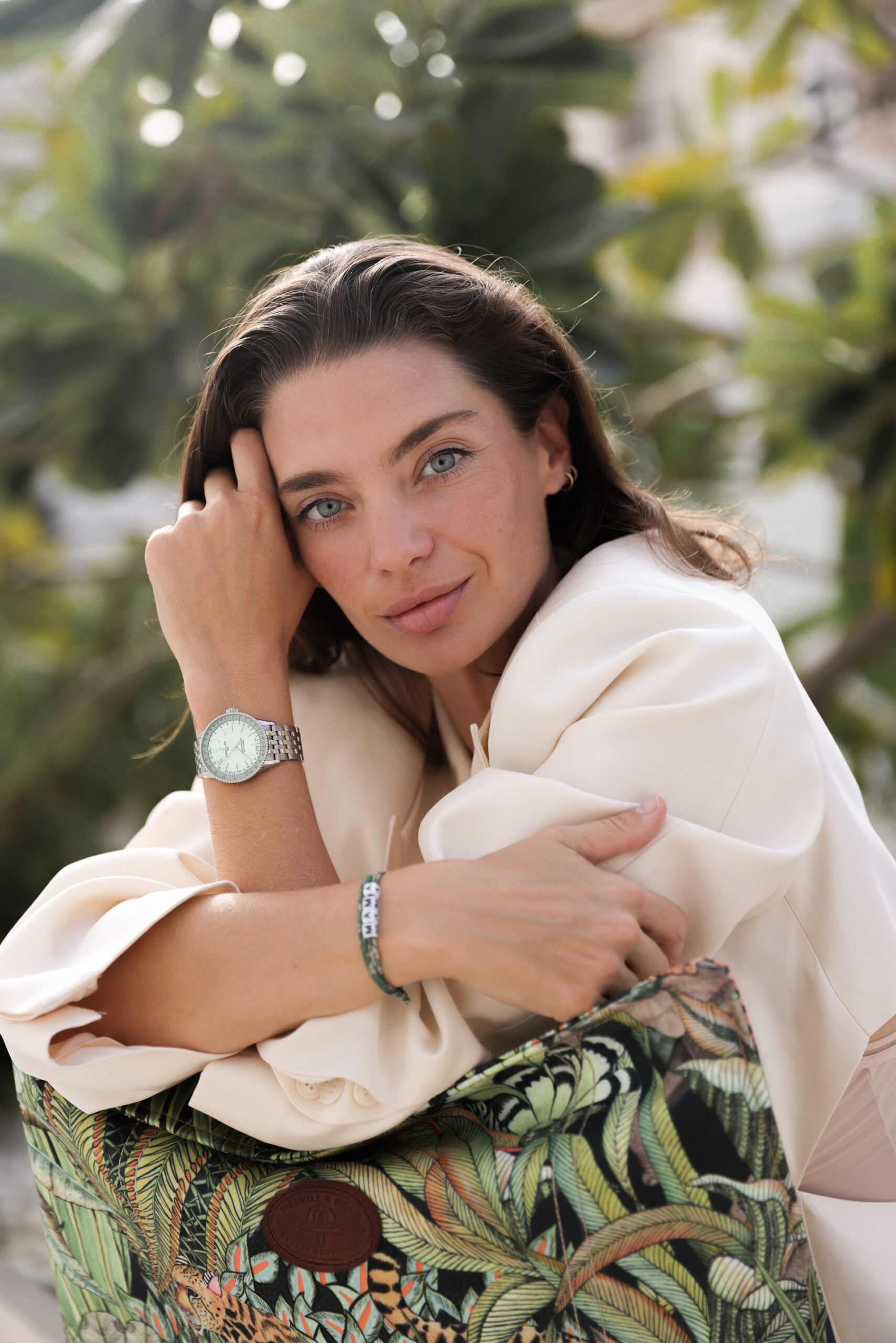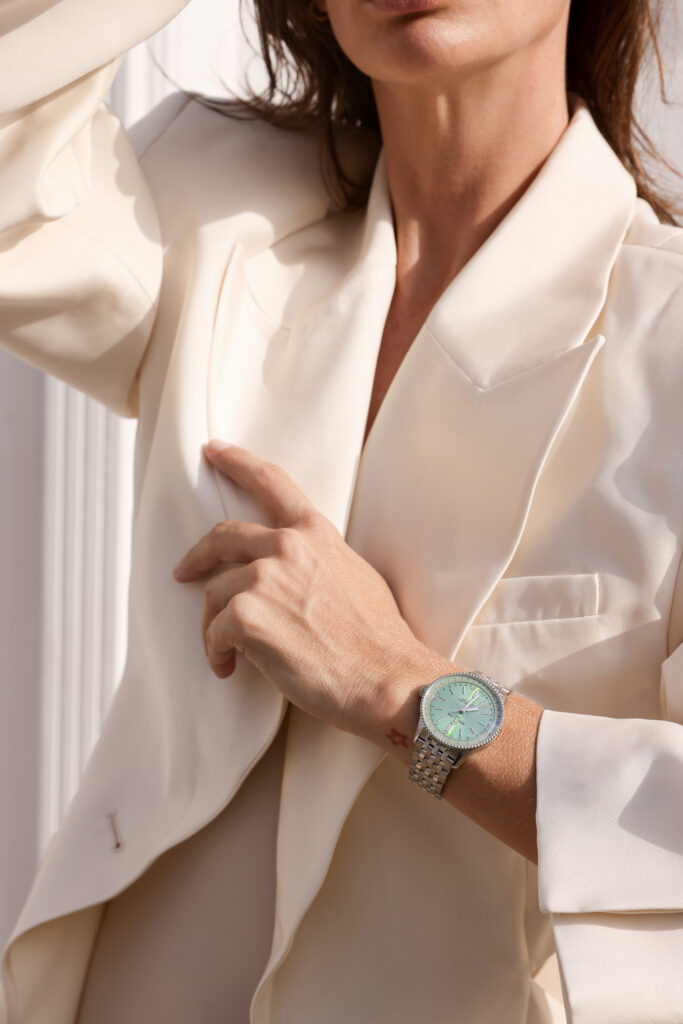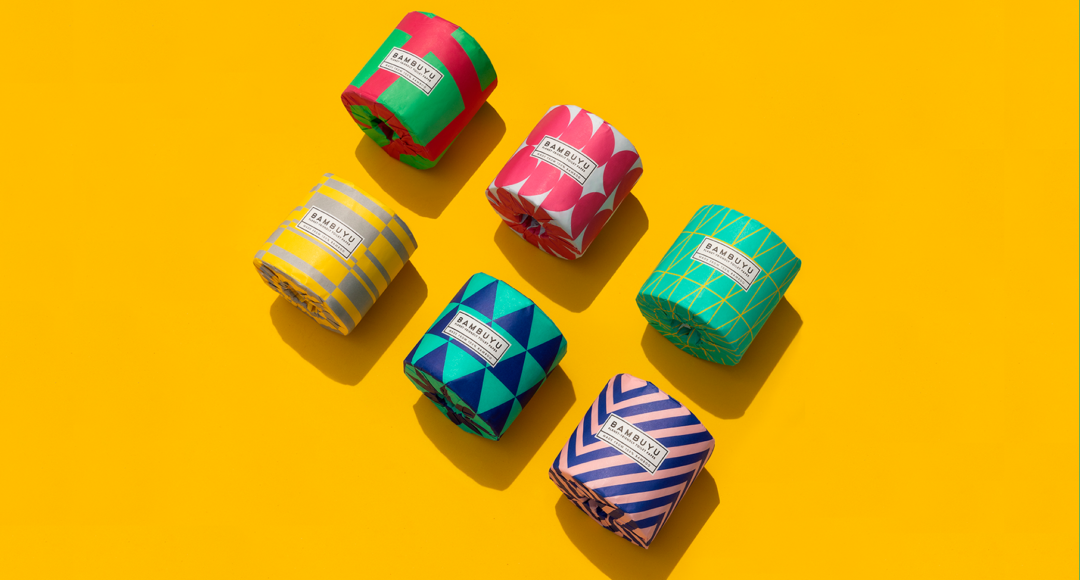Four Seasons Mauritius at Anahita is ensuring a sustainable future with the region’s first seagrass meadow nursery. The first resort in the Indian Ocean to develop such a project, the nursery is located in a one-meter-deep (40 inch) saltwater body near the dining facilities, and is currently hosting more than 200 herbivore and omnivore fish.
Through photosynthesis, seagrasses remove carbon dioxide from the water and use the carbon to build their leaves and roots. Plant material that collects on the low-oxygen sediment on the ocean floor decomposes much slower than on land. Seagrass provides food and shelter for many organisms, and are a nursery ground for many prawn and fish species. All of this increases tourism (through activities like bird watching and scuba diving), the cleaning of coastal waters and sediment stabilisation.
This initiative is part of the Blue Carbon Ecosystems Project: Restoration of Blue Carbon Ecosystems, which is currently led by the Odysseo Foundation, a local trust developing marine conservation projects in Mauritius.
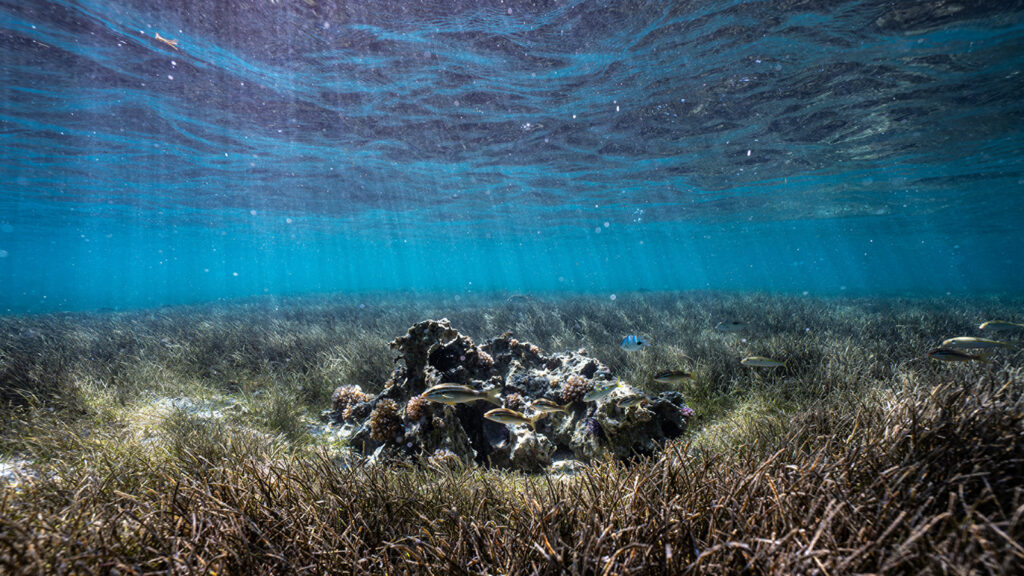
Rick-Ernest Bonnier, the Resort Ocean Environment Manager, explains: “The Seagrass Nursery is a pilot project that aims to restore the seagrass meadows in the marine area around the resort. Both transplants and seeds will be collected from the wild and used to create a seagrass nursery in the resort’s Barachois. Seeds will be germinated in an Odysseo lab and the developed seedlings will then be transplanted to the resort’s Barachois until maturity.”
“These ecosystems provide essential services for humanity as they are highly efficient carbon sinks, crucial in the fight against global warming; they serve as important fish nurseries, whose loss would threaten many species that are vital food sources for marine life and island nations, such as Mauritius.” Bernardo Nascimento, Odysseo Foundation Manager, Curator and Head of Education.
The Seagrass Nursery project is one of many ways that Four Seasons guests can engage with the local environment, alongside resort nature walks and their seahorse snorkel.
